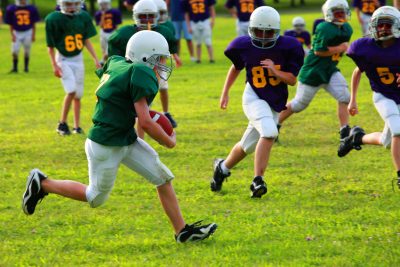Over 30 million youth between the ages of 5-18 participate in youth sports every year.
Some of the most common hidden disabilities are Specific Learning Disabilities, Speech and Language, Attention Deficit Hyperactivity Disorder, and Autism Spectrum Disorder. Athletes with these disabilities can experience similar difficulties in understanding and developing a specific skill such as understanding a play for football or a routine for cheerleading/dance as they do in the classroom. Many coaches will have the opportunity to coach a child with one or more of these disabilities but will have no idea of the characteristics and learning strategies that are best suited for the child.
Tips to successful inclusion of athletes with hidden disabilities:
Routine is important, create an atmosphere where there is consistency. Conduct practices on the same days each week and begin and end practice at the same time.
To promote inclusion offer different skill levels during practice to help the development of each athlete (entry level, intermediate level, expert level).
Provide clear instructions/directions with an overview of how practice will occur.
The use of gestures and physical demonstration should accompany verbal instruction. Repeat and clarify instructions as needed. For example, when showing a football player how to hold a football, cue the athlete to hold one end of the ball in the bicep of the arm and the first two fingers hold the other end of the ball.
Break the specific skill into steps. For example, when teaching a basketball lay-up, first practice the dribble to the basket, second practice jumping off one foot with the basketball, and then practice shooting into the basket. Combine all three skills when the athlete is showing they are able to complete each skill.
Positive reinforcement is encouraged to keep athletes on tasks. Allow the athlete to earn a leadership role such as captain or co-captain.
Prevent challenging behaviors by redirecting the behavior. For example, if an athlete is interrupting or talking at the same time as the coach, have the athlete to help with the demonstration. This also encourages self-control.
Sports experiences can either have a positive or negative effect on a child. The interactions that a child has with their coach and teammates can affect their self-esteem. Creating a supportive environment that is respectful, inclusive, and celebrates the athlete’s development can enhance the child’s confidence and social skills.

